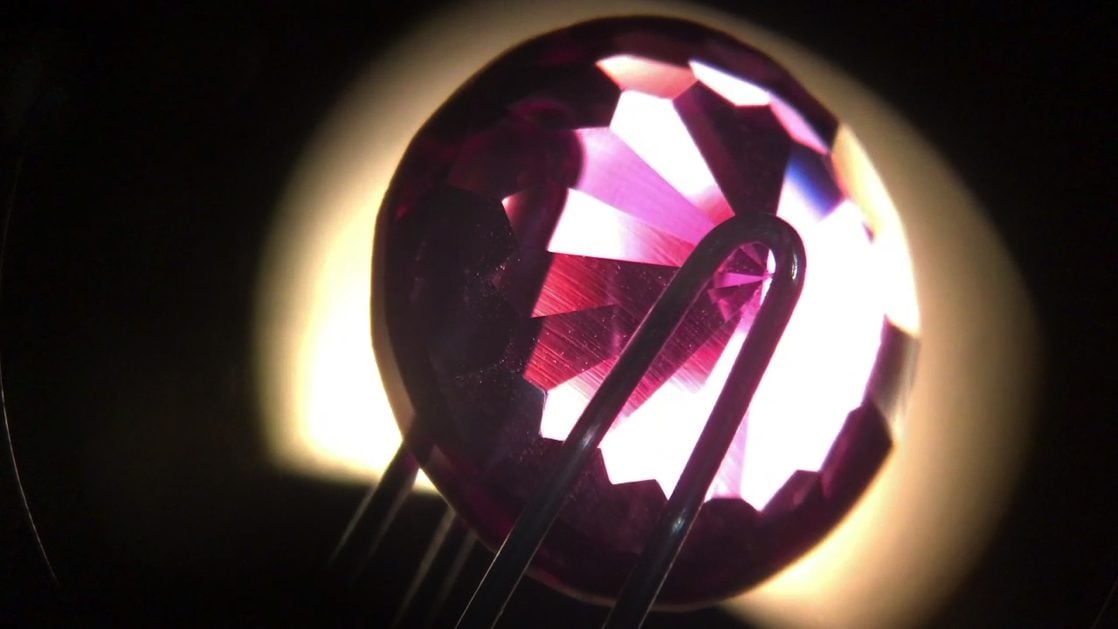Synthetic Gemstone Inclusions
Identifying lab-created gems is a critical skill for gemologists. Learn how to spot the most common synthetic gemstone inclusions.
4 Minute Read
Related Articles
What’s the Difference Between Synthetic, Simulated, and Created Gemstones?
What's the difference between synthetic, simulated, and created gemstones? Learn the definitions (and gray areas) of these commonly used terms....
Read More
Understanding Gem Synthetics, Treatments, And Imitations, Part 4: Synthetic Gemstone Guide
Many varieties of gems besides diamond can be created in the laboratory. Our synthetic gemstone guide covers many examples and...
Read More
The History of the Verneuil Method: Pioneering Lab-Grown Crystal Technology
Discover the history of the Verneuil method, the pioneering technique that revolutionized the production of lab-grown rubies and sapphires, making...
Read More
Understanding Gem Synthetics, Treatments, And Imitations, Part 1: An Introduction
Tech advances and market forces make it essential for gem buyers to know the science behind synthetic gemstones and gem...
Read More
Latest Articles
800 Years of Mogok: A Celebration in Tenuous Times
As Mogok, Myanmar prepares to celebrate its 800th anniversary, the inhabitants of this prolific gem producing region face an uncertain...
Read More
What is the Average Gemstone Faceting Yield?
What’s the average gemstone faceting yield from a single piece of rough? Learn how to estimate how much material you’ll...
Read More
Pyroxmangite Value, Price, and Jewelry Information
Pyroxmangite grains are rare, seldom clean enough to facet, and difficult to cut. However, when cut, they are extremely beautiful...
Read More
How to Identify Emerald Simulants and Synthetics
Gemologists can separate natural emeralds from emerald simulants and synthetics. Learn about the most common tools and techniques for this....
Read More
Never Stop Learning
When you join the IGS community, you get trusted diamond & gemstone information when you need it.
Get Gemology Insights
Get started with the International Gem Society’s free guide to gemstone identification. Join our weekly newsletter & get a free copy of the Gem ID Checklist!
